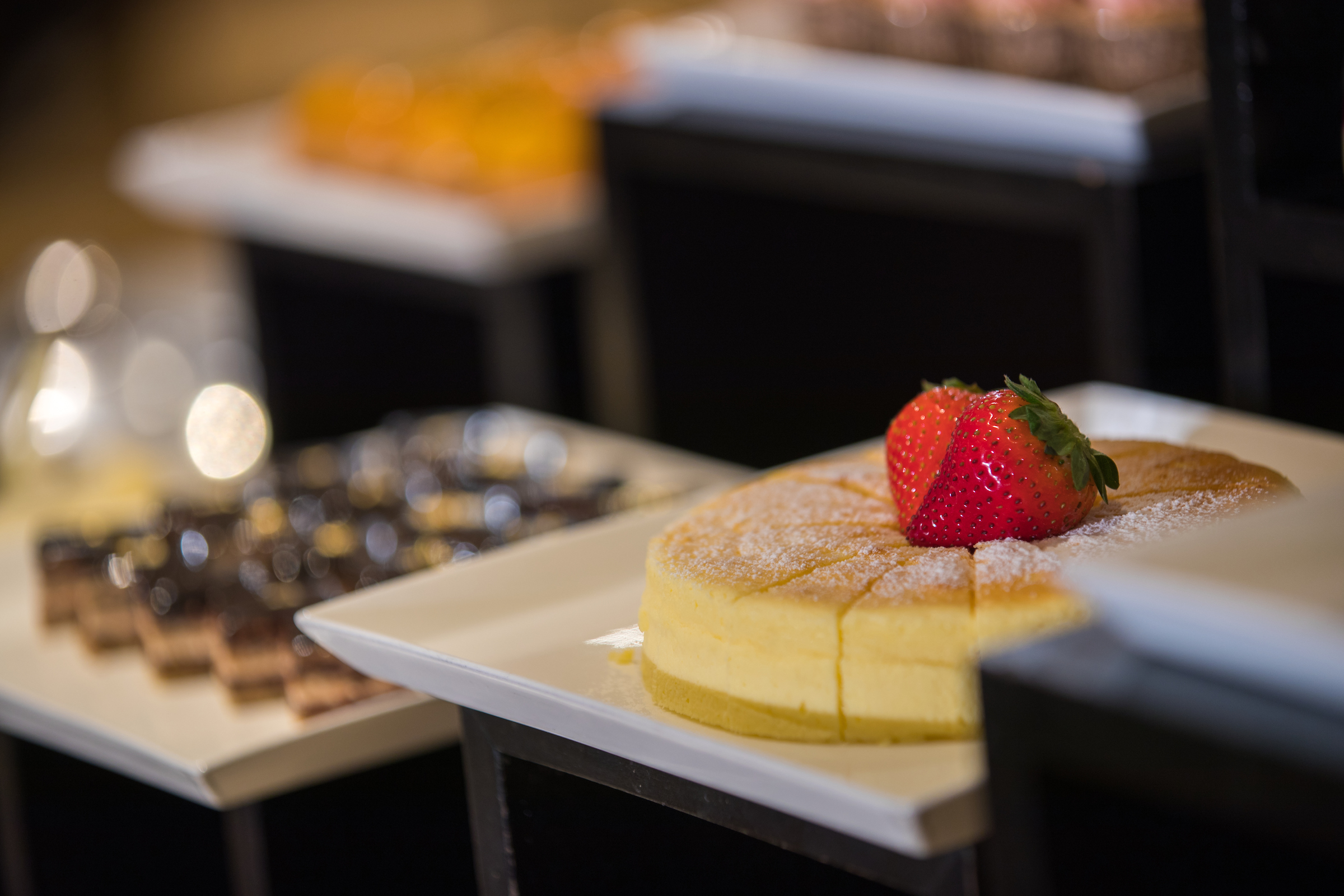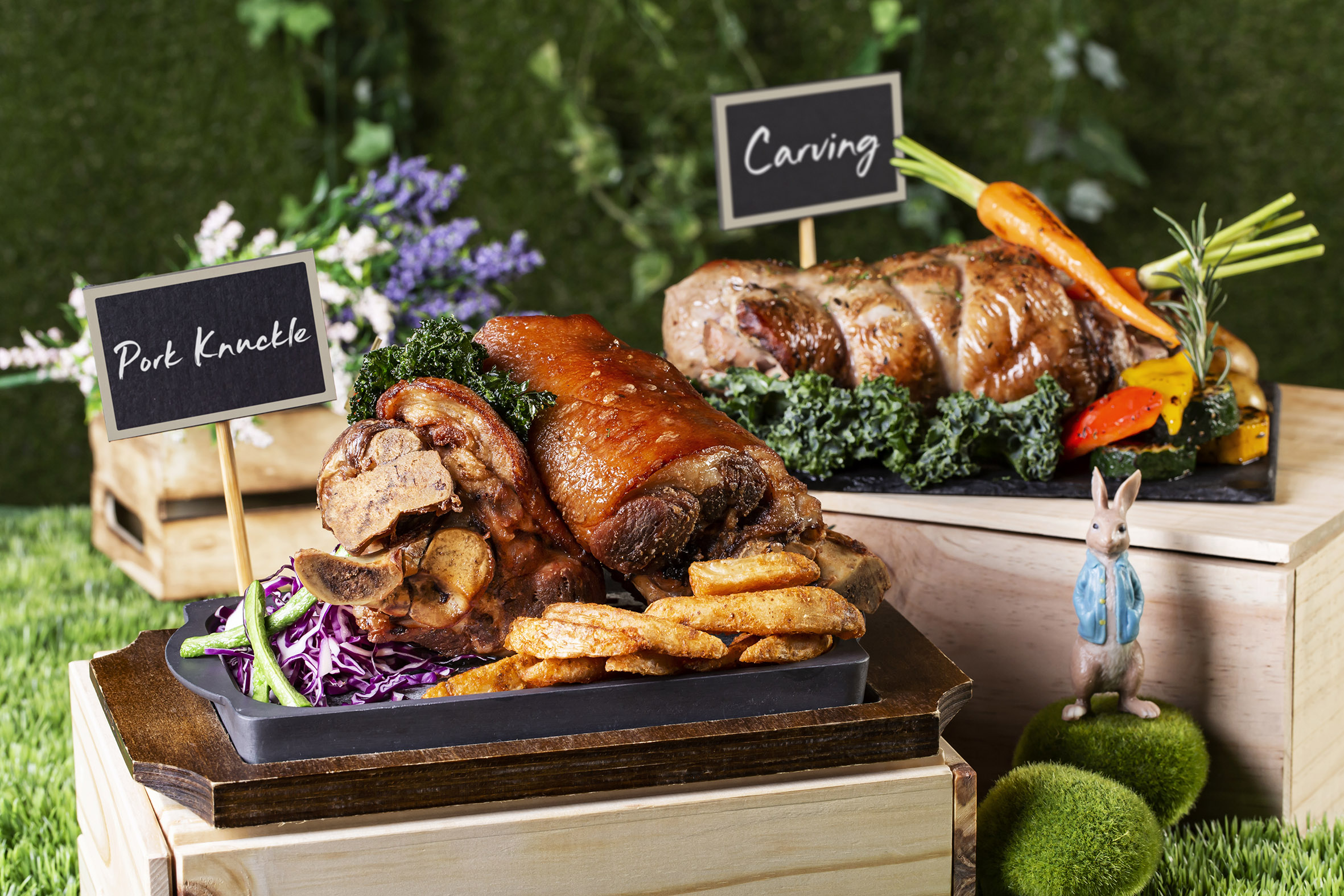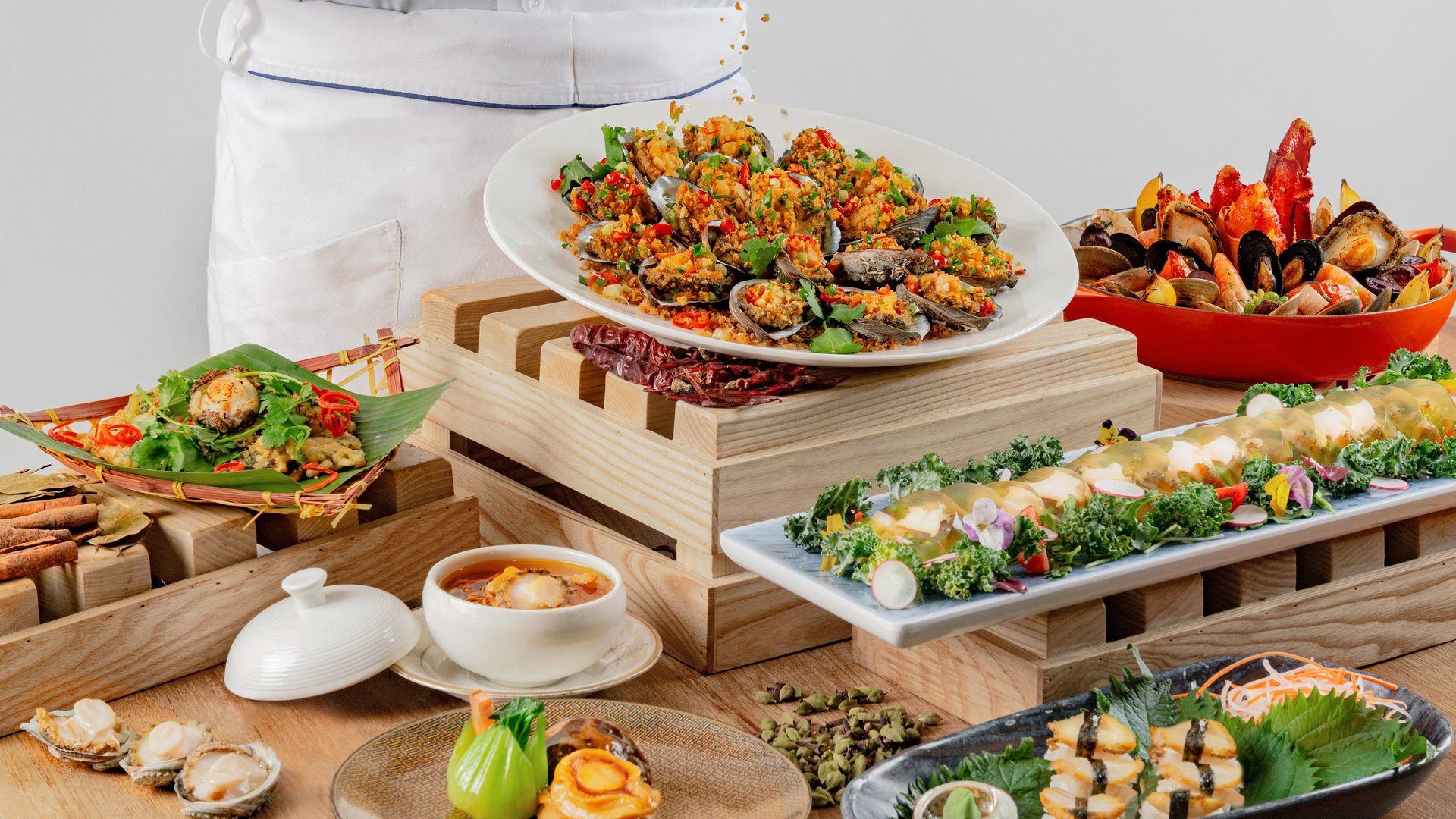Hong Kong Buffet Cuisine Variety

A Hong Kong buffet offers a culinary journey through the diverse and delicious landscape of Chinese cuisine, and often extends beyond, showcasing a vibrant array of flavors and textures. Unlike many Western buffets that focus primarily on meat and potatoes, a Hong Kong buffet presents a far more extensive and nuanced selection, reflecting the region’s rich culinary heritage and cosmopolitan influences.
The sheer variety is staggering. Expect a dazzling display of dishes, each representing a different culinary tradition or regional specialty. This contrasts sharply with the more limited, often predictable, fare of a typical Western buffet. While a Western buffet might offer a predictable selection of roasted meats, salads, and desserts, a Hong Kong buffet explodes with choices, reflecting the region’s history as a melting pot of cultures.
Seafood Options in Hong Kong Buffets
Hong Kong’s proximity to the sea ensures an abundance of fresh seafood. Expect to find a wider array of seafood preparations in a Hong Kong buffet than in a typical Western counterpart. While a Western buffet might offer a simple shrimp cocktail or grilled fish, a Hong Kong buffet showcases the versatility of seafood through dishes like steamed fish with soy sauce, stir-fried scallops with garlic and chili, and perhaps even more exotic options like abalone or shark fin soup (though the latter is becoming increasingly less common due to conservation efforts). The preparation methods are also more diverse, ranging from delicate steaming to robust stir-frying, showcasing the subtle nuances of each ingredient. The sheer variety and freshness are key differentiators.
Cantonese, Sichuan, and Other Regional Chinese Cuisines
A Hong Kong buffet typically features a blend of Cantonese, Sichuan, and other regional Chinese cuisines. Cantonese cuisine, known for its emphasis on fresh ingredients and delicate flavors, is often the dominant style, featuring dishes like roast duck, char siu (barbecued pork), and dim sum. Sichuan cuisine, characterized by its bold spiciness and use of Sichuan peppercorns, adds a contrasting element of heat and complexity. Other regional variations might include dishes from Hunan, Zhejiang, or even northern Chinese provinces, offering a truly pan-Chinese culinary experience. This diverse representation of styles is a defining characteristic of a high-quality Hong Kong buffet.
Sample Hong Kong Buffet Menu
The following table illustrates a sample menu, showcasing both popular and less common dishes found in a Hong Kong buffet. Note that prices and offerings will vary depending on the establishment.
| Dish | Description | Price (Example) | Dietary Info |
|---|---|---|---|
| Roast Duck | Crispy-skinned roast duck, a Cantonese classic. | $12 | Contains gluten (if served with sauce) |
| Char Siu | Sweet and savory barbecued pork. | $10 | Contains gluten (if served with sauce) |
| Dim Sum Selection | Variety of steamed and fried dumplings. | $15 | Vegetarian options available |
| Mapo Tofu | Spicy Sichuan tofu dish. | $8 | Vegetarian |
| Steamed Fish with Soy Sauce | Delicate Cantonese dish featuring fresh fish. | $18 | Gluten-free |
| Kung Pao Chicken | Spicy and nutty Sichuan chicken dish. | $10 | Contains nuts |
| Egg Tarts | Classic Cantonese pastry. | $3 | Contains dairy and gluten |
| Mango Sticky Rice | Sweet dessert from Thailand, often included in Hong Kong buffets. | $5 | Contains dairy |
Price and Value of Hong Kong Buffets

Navigating the vibrant culinary landscape of Hong Kong often involves a delicious dilemma: the buffet. These all-you-can-eat feasts offer a tantalizing array of Cantonese classics, international favorites, and everything in between. However, understanding the price-to-value ratio is crucial for maximizing your dining experience and budget. This section delves into the pricing structures and overall value proposition of Hong Kong buffets, helping you make informed choices.
Price Ranges for Hong Kong Buffets
The cost of a Hong Kong buffet varies significantly depending on factors such as location, quality of ingredients, and the extent of the offerings. Generally, you can expect to find buffets at different price points catering to diverse budgets. Expect to encounter lunch buffets starting from around HK$200-300, offering a solid selection of dishes. Mid-range options, typically featuring a wider variety and higher-quality ingredients, can fall within the HK$400-600 range. Luxury buffets, often situated in upscale hotels and featuring premium seafood and international cuisines, can easily exceed HK$800 per person. These prices often reflect the overall dining experience, including ambiance and service.
Value Proposition Compared to Other Dining Options
Hong Kong offers a vast array of dining options, from street food stalls to Michelin-starred restaurants. The value of a Hong Kong buffet hinges on individual preferences and priorities. For large groups or those with hearty appetites, a buffet can offer exceptional value, providing a substantial amount of food for a potentially lower per-person cost than ordering individual dishes à la carte, especially in higher-end restaurants. However, discerning diners prioritizing exceptional quality and unique culinary experiences might find that a la carte dining or focusing on specific high-quality restaurants provides better value. The key is to consider your priorities – quantity versus quality, variety versus specialization.
Factors Influencing Buffet Pricing, Hong kong buffet
Several key factors contribute to the pricing of Hong Kong buffets. Location plays a significant role; buffets in prime locations, such as those within luxury hotels or bustling tourist areas, typically command higher prices due to increased operational costs and rent. The quality and sourcing of ingredients are equally important; buffets using premium seafood, imported meats, or organic produce will naturally reflect a higher price tag. Finally, the level of service, including the ambiance, staff attentiveness, and overall dining experience, significantly impacts pricing. A buffet in a five-star hotel will inevitably be more expensive than one in a smaller, more casual establishment.
Comparative Table of Hong Kong Buffets
The following table compares three hypothetical Hong Kong buffets, showcasing price points and a subjective value rating (based on a scale of 1 to 5, with 5 being the highest). Remember that these are illustrative examples, and actual prices and value perceptions can vary.
| Buffet Name | Price (HK$) | Cuisine Focus | Value Rating (1-5) |
|---|---|---|---|
| Golden Dragon Buffet | 350 | Cantonese Classics & Dim Sum | 4 |
| International Gourmet Buffet | 600 | International Cuisine & Seafood | 4.5 |
| Harbor View Buffet | 200 | Simple Cantonese & Local Dishes | 3 |
Ambiance and Dining Experience

Hong Kong buffet restaurants offer a diverse range of dining experiences, extending far beyond the simple act of eating. The atmosphere, service, and overall design significantly influence the customer’s perception and enjoyment, ultimately impacting the restaurant’s success. Understanding these elements is crucial for both restaurateurs and diners alike.
The ambiance of a Hong Kong buffet is highly variable, depending on its target market and price point. Budget-friendly options often prioritize efficiency and a fast-paced environment, sometimes feeling quite bustling and crowded. In contrast, higher-end establishments cultivate a more sophisticated and refined atmosphere, focusing on creating a relaxing and luxurious dining experience. Think of the difference between a bustling food court and a fine-dining establishment – that same spectrum exists within the Hong Kong buffet landscape.
Restaurant Design and its Impact
Restaurant design plays a pivotal role in shaping the dining experience. A well-designed space can enhance the overall mood and encourage a longer dwell time. For instance, a Hong Kong buffet targeting families might incorporate bright, playful colors and ample space for children to move around. This contrasts sharply with a high-end establishment that might employ a more subdued color palette, sophisticated lighting, and comfortable, strategically placed seating arrangements to promote intimacy and conversation. The use of natural light, strategic placement of food stations to avoid congestion, and the incorporation of thematic elements (like traditional Chinese décor or modern minimalist designs) all contribute to the overall ambiance and customer satisfaction. Consider the impact of noise levels; good acoustics are vital in preventing a cacophony that could detract from the dining experience.
Service Styles in Hong Kong Buffets
The service style in Hong Kong buffets varies considerably. Budget-friendly establishments often employ a self-service model, where diners select their food from the buffet line. However, even in these settings, staff members are typically present to clear tables, refill drinks, and address any immediate customer needs. Higher-end buffets may incorporate elements of table service, such as staff assisting with drink orders or offering personalized recommendations from the extensive buffet spread. Some establishments might even offer dedicated servers to assist diners with selecting dishes or explaining the ingredients of more complex items. The level of service directly correlates with the price point and the overall target demographic.
A High-End Hong Kong Buffet Experience
Imagine stepping into “Jade Dynasty,” a high-end Hong Kong buffet nestled atop a skyscraper, overlooking the dazzling Victoria Harbour. The restaurant boasts a sophisticated ambiance, with warm lighting casting a gentle glow on polished mahogany tables and plush velvet chairs. Live Cantonese music plays softly in the background, creating a relaxed yet elegant atmosphere. The buffet itself is a spectacle of culinary artistry, showcasing an array of exquisitely prepared dishes, from delicate dim sum to succulent roasted meats. A dedicated sommelier guides us through a selection of fine wines, perfectly complementing the diverse flavors. Attentive staff anticipate our every need, discreetly clearing plates and refilling drinks without interrupting our conversation. The entire experience transcends the typical buffet concept, transforming into a memorable culinary journey that encapsulates the best of Hong Kong’s rich gastronomic heritage.
Hong Kong Buffet Culture and Trends
Hong Kong’s vibrant culinary scene is deeply intertwined with its social fabric, and the buffet plays a significant, albeit evolving, role. More than just a meal, the buffet experience in Hong Kong reflects changing demographics, economic shifts, and evolving dining preferences. Understanding these cultural nuances and current trends is crucial for anyone seeking to navigate this competitive market.
The social significance of buffets in Hong Kong is multifaceted. Family gatherings, corporate events, and celebrations frequently center around the communal nature of a shared buffet. The abundance of food symbolizes prosperity and generosity, making it a popular choice for special occasions. Furthermore, the diverse selection caters to a wide range of palates, ensuring everyone finds something to enjoy, fostering inclusivity within the group. This aspect of shared experience transcends mere sustenance, contributing to stronger social bonds and creating lasting memories.
Popular Buffet Offerings
Currently, Hong Kong buffets showcase a fascinating blend of traditional Cantonese cuisine and international flavors. Seafood remains a perennial favorite, with restaurants often featuring an extensive selection of fresh catches prepared in various styles. Dim sum, a cornerstone of Cantonese dining, is almost always a staple, alongside an array of roasted meats, noodles, and stir-fries. The increasing popularity of international cuisines is reflected in the inclusion of Japanese sushi and sashimi, Korean BBQ, and even Western-style dishes, catering to a more diverse and cosmopolitan palate. Many buffets also highlight regional specialties from mainland China, further diversifying the offerings.
Innovative Customer Attraction Strategies
Hong Kong buffet restaurants are constantly innovating to stay ahead of the competition. One prominent trend is the introduction of themed buffets, such as seafood festivals or international culinary journeys, offering a curated experience beyond the standard all-you-can-eat format. Others focus on enhancing the dining experience through live cooking stations, where chefs prepare dishes à la minute, adding a theatrical element and ensuring food freshness. Loyalty programs, attractive discounts, and collaborations with local influencers are also commonly employed to boost customer engagement and brand loyalty. Furthermore, many establishments are leveraging technology, from online booking systems to mobile ordering, to streamline the dining process and improve customer convenience.
Key Trends Shaping the Future of Hong Kong Buffets
The future of Hong Kong buffets will be shaped by several key trends:
The following points highlight the factors influencing the evolution of the Hong Kong buffet landscape:
- Emphasis on Quality over Quantity: A shift from sheer volume to higher quality ingredients and more refined culinary techniques is expected.
- Sustainability and Ethical Sourcing: Consumers are increasingly conscious of environmental impact and ethical sourcing, leading to a demand for sustainable and responsibly sourced food.
- Personalized Dining Experiences: Buffets will likely incorporate more personalized options, allowing diners to customize their meals and dietary preferences.
- Technological Integration: The use of technology for ordering, payment, and enhancing the overall dining experience will continue to grow.
- Health-Conscious Options: The rising awareness of health and wellness will drive the inclusion of more vegetarian, vegan, and gluten-free options.
Visual Representation of a Hong Kong Buffet
A Hong Kong buffet is a vibrant spectacle, a feast for the eyes as much as the stomach. The sheer variety and artful presentation transform a simple meal into a visually stunning experience, captivating diners before they even take a bite. The key to this visual success lies in the strategic use of color, texture, and arrangement, creating a dynamic and appealing spread that reflects the rich culinary heritage of Hong Kong.
The visual impact of a high-quality Hong Kong buffet is immediate and powerful. Imagine a sprawling landscape of food, a meticulously orchestrated arrangement of colors and textures that stimulate the appetite. The sheer scale of the buffet itself contributes to its visual appeal, hinting at the abundance and variety to come.
Color Palette and Texture Variety
The color palette is incredibly diverse, ranging from the deep reds of braised meats and vibrant greens of fresh vegetables to the golden browns of roasted duck and the pearly whites of steamed dumplings. These colors are not randomly scattered; they are thoughtfully arranged, creating a visually pleasing harmony. Textures are equally varied: the crispness of spring rolls contrasts with the smoothness of creamy curries, the chewiness of noodles with the tenderness of roasted meats. The interplay of these contrasting textures further enhances the visual appeal, creating a dynamic and engaging display. Consider the glistening sheen of freshly-cooked seafood, the fluffy texture of steamed buns, and the rich, glossy glaze on barbecued pork – each element contributes to a complex tapestry of visual delight.
Presentation of Specific Dishes
The presentation of individual dishes is crucial to the overall visual impact. For instance, dim sum is often arranged in tiered bamboo steamers, creating a visually appealing vertical element. The delicate folds of each dumpling, the vibrant colors of the fillings peeking through, all contribute to the overall aesthetic. Roasted meats are typically displayed on large platters, their glistening surfaces catching the light, highlighting their succulent texture. The strategic placement of garnishes, such as chopped spring onions or coriander, adds pops of color and texture, further enhancing the visual appeal. Bowls of vibrant salads and colorful stir-fries are strategically placed to break up the monotony of richer dishes, creating a balanced and visually pleasing overall effect.
Visual Elements Contributing to High-Quality Impression
Several visual elements contribute to the perception of a high-quality Hong Kong buffet experience. Cleanliness and order are paramount; a well-maintained buffet with neatly arranged dishes conveys a sense of professionalism and care. The use of high-quality serving dishes, such as elegant porcelain plates and attractive serving bowls, enhances the overall presentation. Careful lighting also plays a crucial role; strategically placed lighting highlights the colors and textures of the food, making it even more appealing. Finally, the overall ambiance of the dining area contributes to the visual experience; a clean, well-decorated space with comfortable seating enhances the enjoyment of the buffet. A buffet with these elements in place projects an image of quality and care, leaving a lasting positive impression on diners.